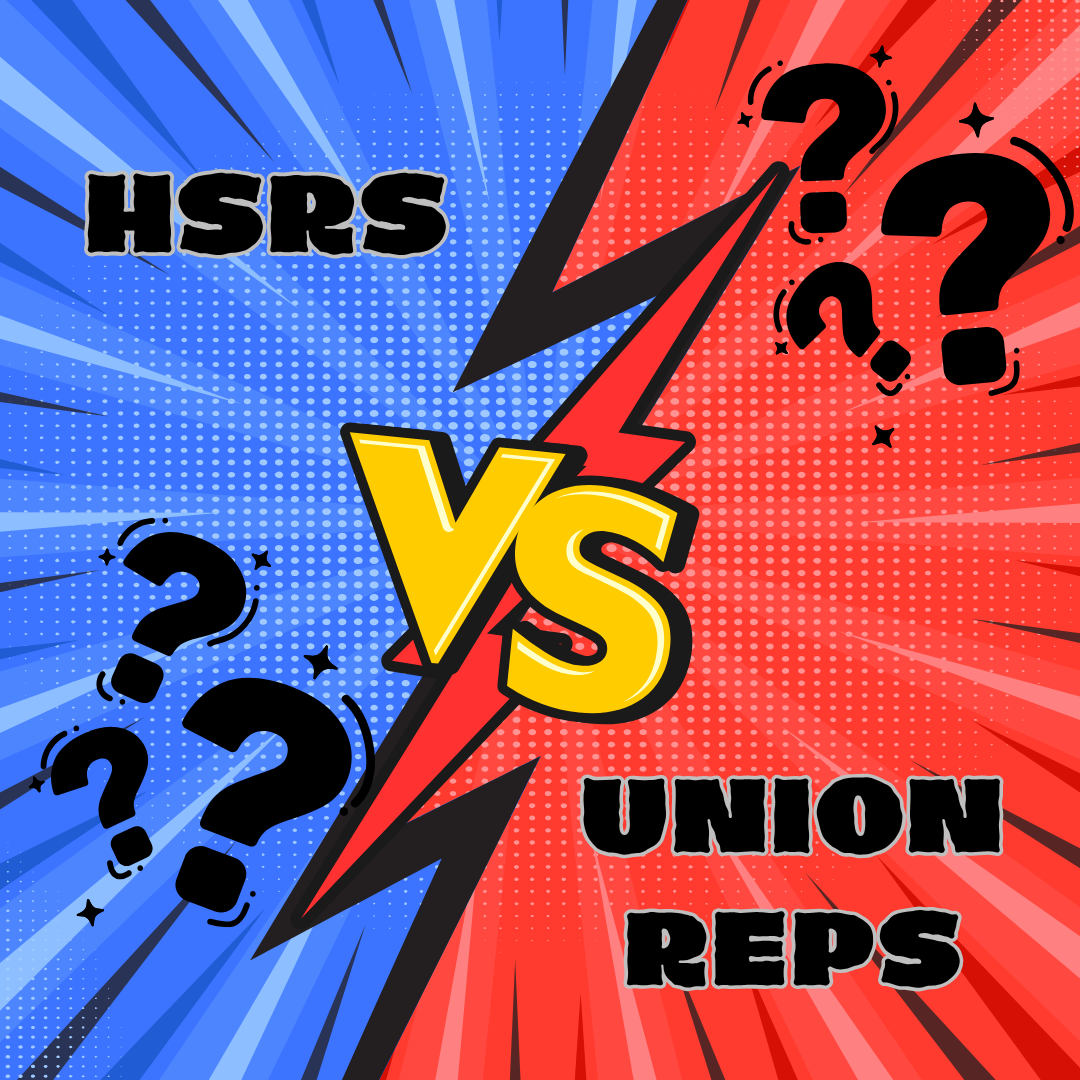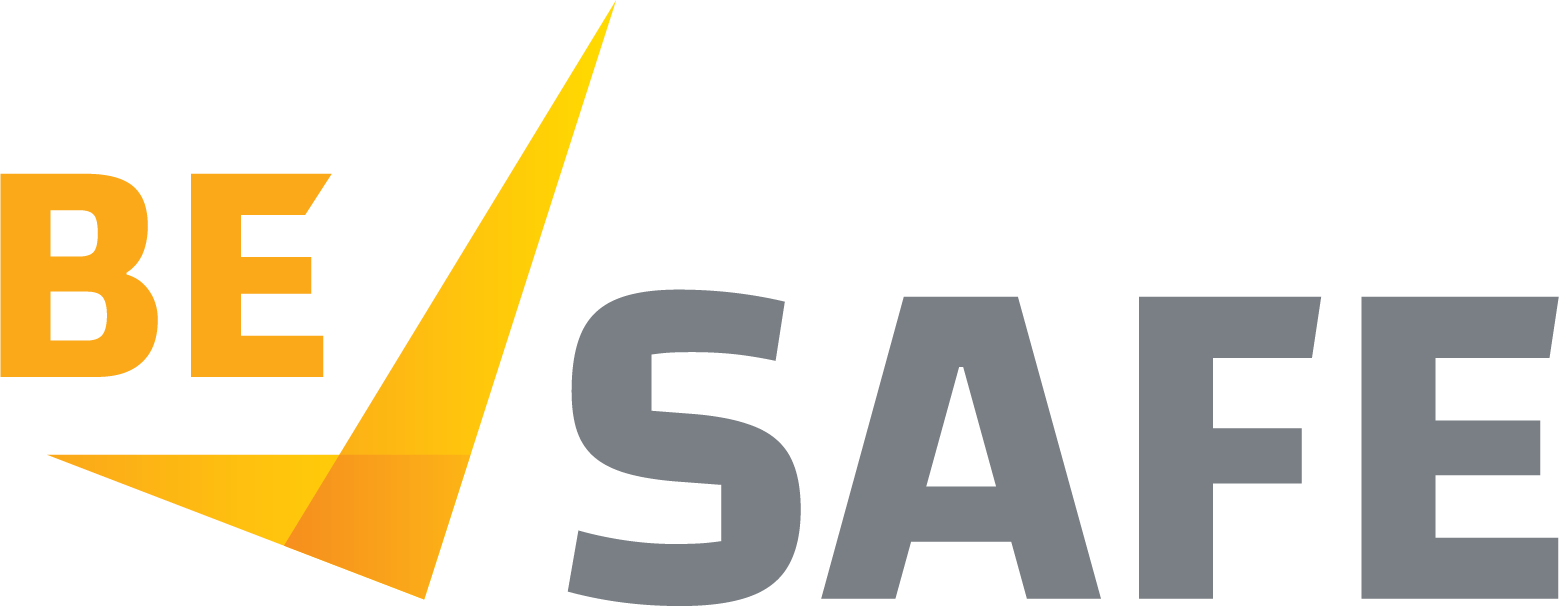Hazard Hunts: A tool for creating safer workplaces.
Hazard Hunts can be a great tool to use in workplace safety programs. They're a proactive strategy to identify and mitigate potential risks before incidents or injuries occur. But what exactly is a Hazard Hunt, and why is it so valuable?
Hazard Hunts are regular, structured inspections aimed at identifying and eliminating potential risks in the workplace.
Advantages:
· Prevent Harm: proactively identification of potential hazards before they caused harm. Hazard hunts can prompt us to focus on specific risks that may have been overlooked.
· Engagement of Employees: Talk to employees in the area. They often have valuable insights into hazards that may take time to be evident to outsiders.
· Empowers Individuals: Creates an opportunity for individual employees to make a tangible difference to the safety of their workplace. This can really empower the individual and turn their mind to safety.
· Collect information: Hazard hunts can prompt us to focus on specific risks that may have been overlooked
· Increases awareness: The engagement of the workforce in this way can turn the mind to hazard identification in a way which can sharpens our ability to identify potential dangers and enhances our overall safety.
· Positive influences safety culture: The involvement of the whole workforce, from management to the shop-floor, can foster an environment where safety becomes a shared responsibility. It can encourage a culture of vigilance and care.
What next?
It is integral that there is thorough follow-up after a hazard hunt takes place. This means utilising the risk matrix and hierarchy of control to prioritise the hazards which are dealt with first. Then you must move forward with mitigating the risk of the hazards coming to fruition. As always, this process must take place with meaningful consultation. If you don’t do this, then the benefits of the Hazard Hunt will be lost. The effort put into the hazard identification exercise must be matched by the dedication of the employer to make meaningful safety improvements.
The Role of HSR’s:
The people who are doing the work are the best placed to identify hazards in their work. They are also often the best people to come up with successful OHS solutions. HSR’s can encourage the use of hazard hunts and encourage their co-workers to actively participate. As always, HSR’s act as a conduit between the workers and the employer – working to improve safety in their role as employee representatives.




